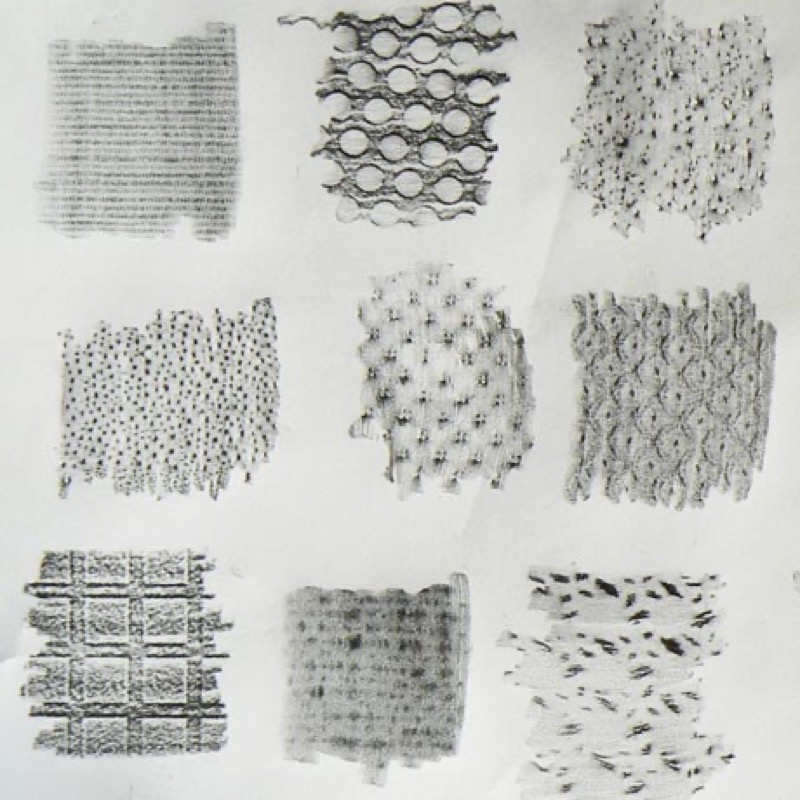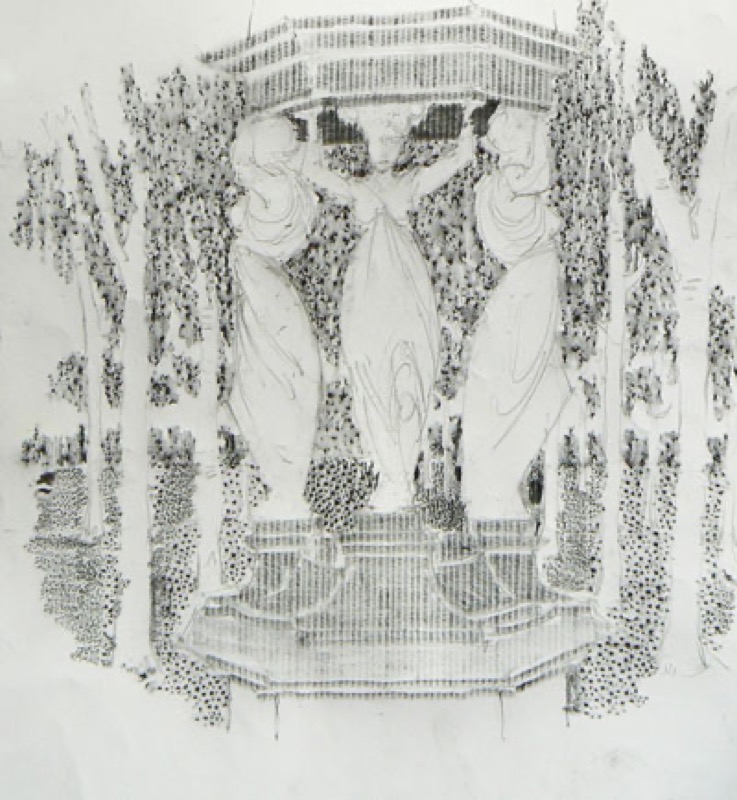A kitchen grater, the sole of a shoe, a doily… Those everyday objects don't look all that important. But they can add a touch of originality to your drawings! Give your creativity a boost with the rubbing technique, it's as easy as child's play.
Generally, in a drawing, it's the finer or rougher grain of the paper that produces material effects. To take things further, create a broad palette of textures by rubbing your pencil lead over a sheet of paper placed on top of various materials.


